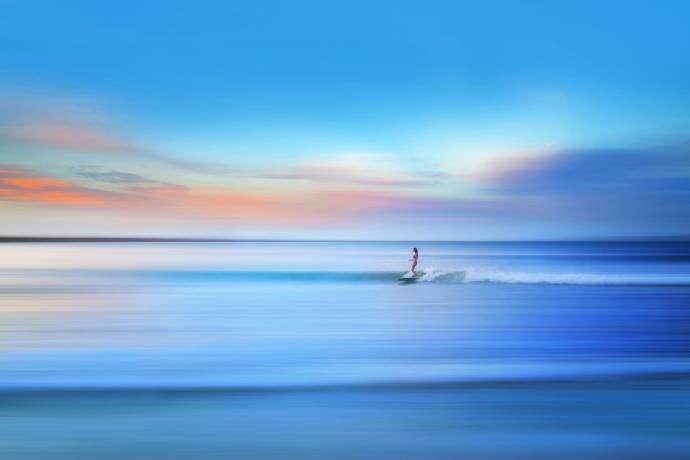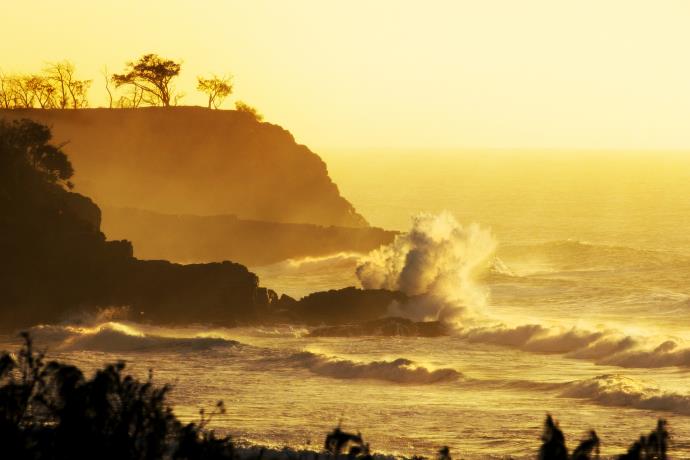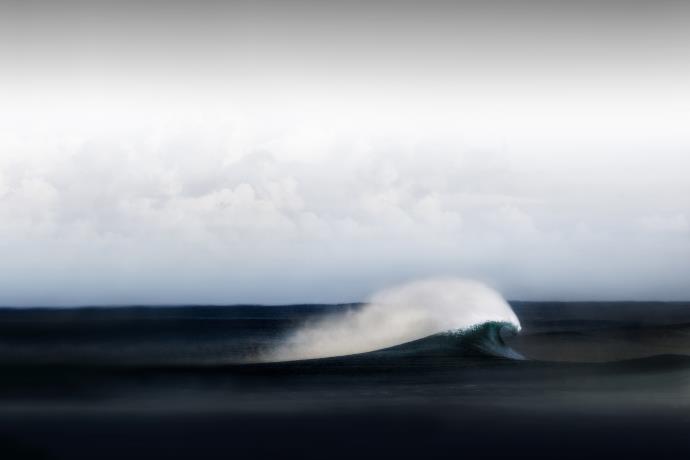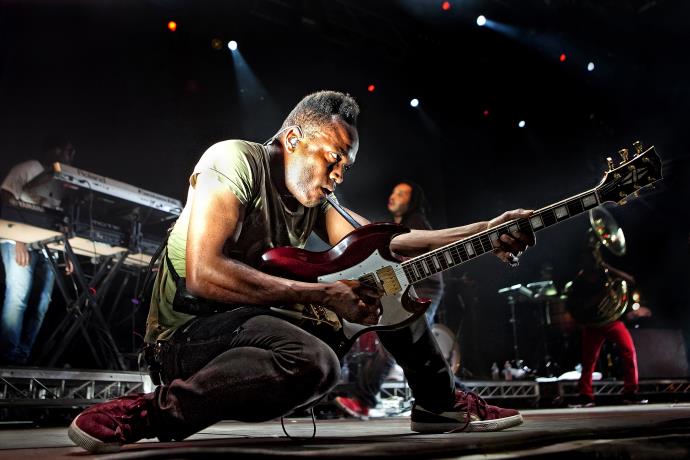Way back when Paul Smith was a semi-professional skier and snowboarder based in Switzerland, much in demand to star in action photo shoots for his sponsors, he had an epiphany.
When his snow bum days were over, he reasoned, making a living out of taking pictures of other people having fun wouldn’t be a bad way to go. He started picking the brains of the pro photographers he worked with during the copious downtime while they waited for the light to be perfect, or the blizzard to stop. He dug out the SLR camera his brother had given him, recalled the shots he’d taken as a kid in the surf using a little Minolta water camera.
Smithy the sponge soaked it all in.
He started shooting seriously and realised he had a natural talent. When he got back to Australia after more than a decade abroad, he knew what he wanted to do.
Born in Auckland where his dad was playing club rugby, Paul grew up on what is now known as the Coal Coast of NSW, but when he returned he found that his entire family had fled north to Noosa, so he followed suit, establishing himself as a photojournalist and commercial photographer.
“I had a lot of lucky breaks,” he says, sipping a morning coffee and stroking his bushranger beard before opening his eponymous gallery in Noosa Junction.
One of those breaks got him into the notoriously closed shop world of rock music photography. Through some friends he gained access to the legendary Ben Harper, then touring Australia, and the intimate shots that resulted brought him to the attention of Rolling Stone magazine, to which he’s been a regular contributor right up until Covid killed the festival scene.
Shooting rock concerts gave Paul an insight into the importance of a point of difference that he has taken into all aspects of his photography.
He says: “At the big festivals there’d be 30 or 40 photographers lined up at the front of the stage all shooting the same picture. I’d always throw myself up on stage and get the different shot. I wouldn’t have as many but they’d be distinctive.”
Over time he took that successful mindset into landscapes, seascapes, aerial work, fashion shoots, tourism, architecture and industry, always striving to keep ahead of the curve.
He says: “My ocean photography started out with me doing surf photography, shooting surfing events like the Quiksilver Pro, but it was too much hard work with so many people out there doing the same thing and producing the same photos. My main goal now is to be at the beach in the really early morning and be back home before most people have arrived. Or go very late in the afternoon.
“A while back I was making good money out of helicopter shoots around the national park and elsewhere, and then drones got popular and now every second photo is shot from the air, so I was like, right, stop that, do something else. Which is why I’m now looking for those special moods, special light situations, and you have to have it all together, your timing has to be perfect.”
There was a time when photographers became brands, when the likes of Peter Lik had high street galleries from Waikiki to Westminster, charging a fortune for perfectly lit landscapes to fill penthouse walls and hotel lobbies.
The global financial crisis sorted a lot of that out, but in Noosa, Paul Smith saw an opening built around the affinity both visitors and residents felt for the natural environment.
He says: “A while back I realised I was spending a lot of time on the beach for no result, so I started to plan what I needed for a particular shot. My thinking became, would I like that on my wall? And if I could imagine a picture that I’d hang, I’d go out and try to create it. It turned out that a lot of other people wanted to hang them too.”
While he was forced to close the gallery for a couple of months during the early stages of Covid, on-line sales went through the roof, and by the time he re-opened, Paul discovered that every man and his dog in Noosa was redecorating the beach house instead of holidaying in Europe.
With his prints priced from $49 to $2700, business was booming.
It’s hard to miss Paul Smith Images in Noosa. They are literally everywhere.
An undoubted commercial success story, Paul and his brand are also good corporate citizens. A lifelong surfer, Paul has supported the Noosa World Surfing Reserve by providing much of its imagery since the campaign to create it began more than seven years ago.
Now he is one of the major sponsors of the inaugural Noosa World Surfing Reserve Community Awards, being held at the Noosa Surf Museum this weekend. Some of the pictures donated for the award recipients feature on this page.











